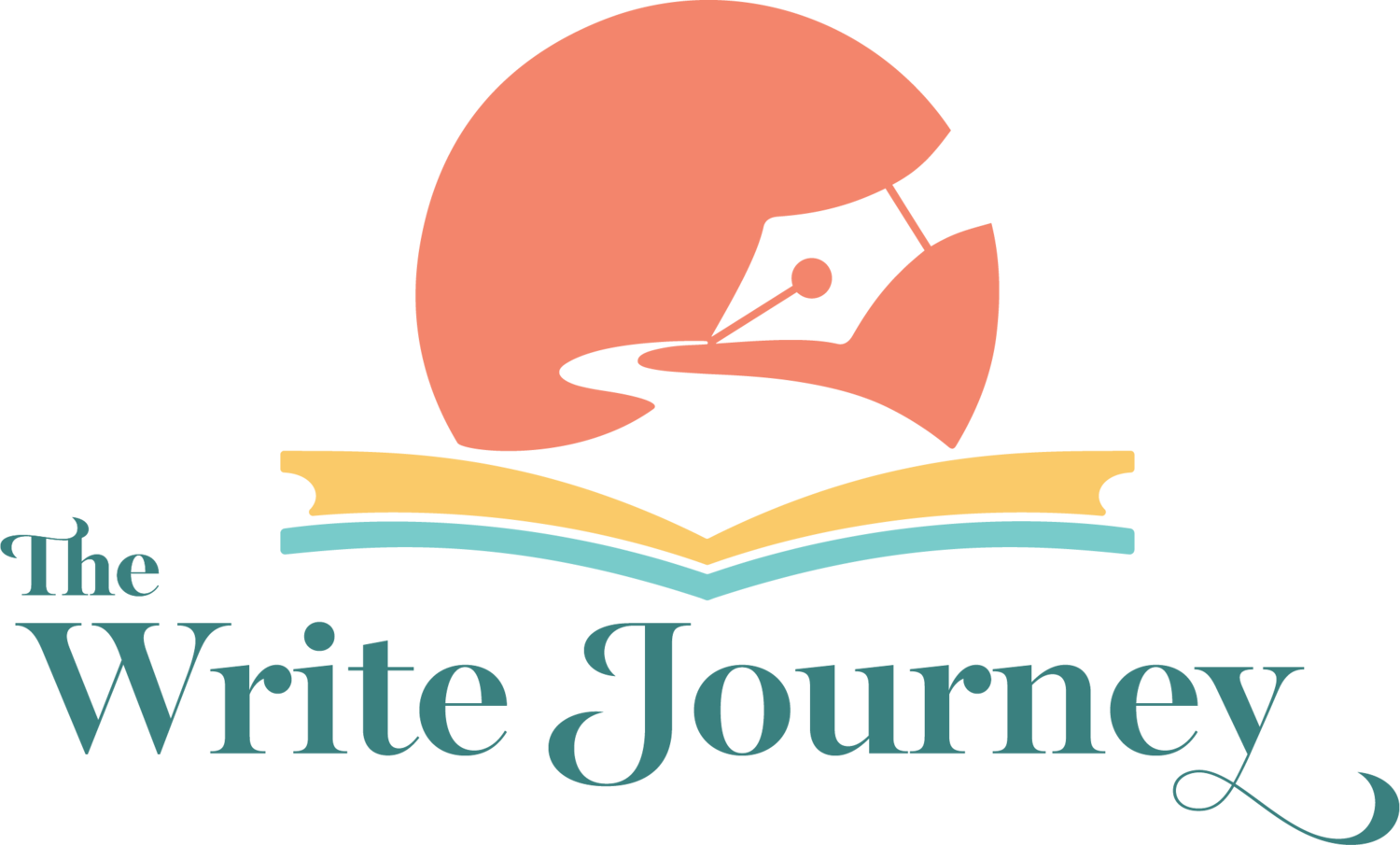By Meagan Stanley
When you hear the phrase “creative writing,” what pops into your head? For some, you may think of writing stories, tales of dragons and princesses or of aliens and spaceships. Of sitting over a typewriter with a mug of tea, plotting a murder mystery. For others, this phrase may be synonymous with the phrase, “a waste of time,” the “throw away” writing assignment. The one where it’s all for fun, but not beneficial to actually learning how to write well.
But my friends, I am here to argue that the practice of creative writing strengthens the writing muscles and teaches techniques that a student will not learn from essay writing alone.
So, what’s so important about creative writing? In the year of 1580, an Elizabethan poet by the name of Sir Philip Sidney wrote an essay titled The Defense of Poesy. This essay was written to defend the academic pursuit of poetry and by proxy, literature, aka stories. In academia, philosophy and history were and are viewed as high forms of knowledge. With one we understand how people think and why people think what they think, and the other tells us the story of humanity. Stories, on the other hand, can often be hand-waved away as a lesser academic pursuit. “They are just stories afterall,” one might argue. However, Sidney starkly disagreed with this perception, and crafted this main argument, “Poesy [and thereby literature]. . . [is] a speaking picture, with this end—to teach and delight.”
Now pay attention to that last phrase, “to teach and delight.” That is the power of stories, of poetry, of creative writing. Unlike history and philosophy, which mainly target the student’s mind, can lack emotion and swamp them with their academic heaviness, stories have the capacity to both capture the heart and mind of the student, to both “teach” and “delight” them. Stories can “teach” the student about truths about the world and the human condition. Stories can “delight” by taking a student to far off lands and meet characters far different from anything he or she could imagine. But perhaps most importantly, stories can “delight” by providing an emotional connection that gives the student the ability to walk in the shoes of others far different than themselves, an attribute philosophy and history are hard pressed to do themselves.
In short, stories are one of the most powerful ways a student can learn about the world and themselves.
And that is why I am passionate about teaching the art of “poesy,” the art of creative writing, to the next generation. But enough about the “why” I believe creative writing is important, let me show you “how” a student can learn from this type of writing and then apply this knowledge to everyday essay writing.
Skills students learn by studying Creative Writing:
Mastery of literature devices, such as simile, metaphor, and alliteration.
Mastery of stylistic writing elements, such as very short sentences and right branching
modifiers.
Mastery of grammar mechanics, such as sentence syntax and punctuation.
Mastery of a strong vocabulary, such as the use of strong verbs, nouns, and adjectives.
The mastery of critical thinking skills and formulating original ideas.
The formation of a student’s writing “voice.”
All these items are critical for being a skilled writer, and creative writing allows for the “delightful” practice of these skills. So, the next time you may see a class for creative writing, I hope I have encouraged you to see past the surface, and how this style of writing truly belongs in academics and in the pursuit of excellence.





